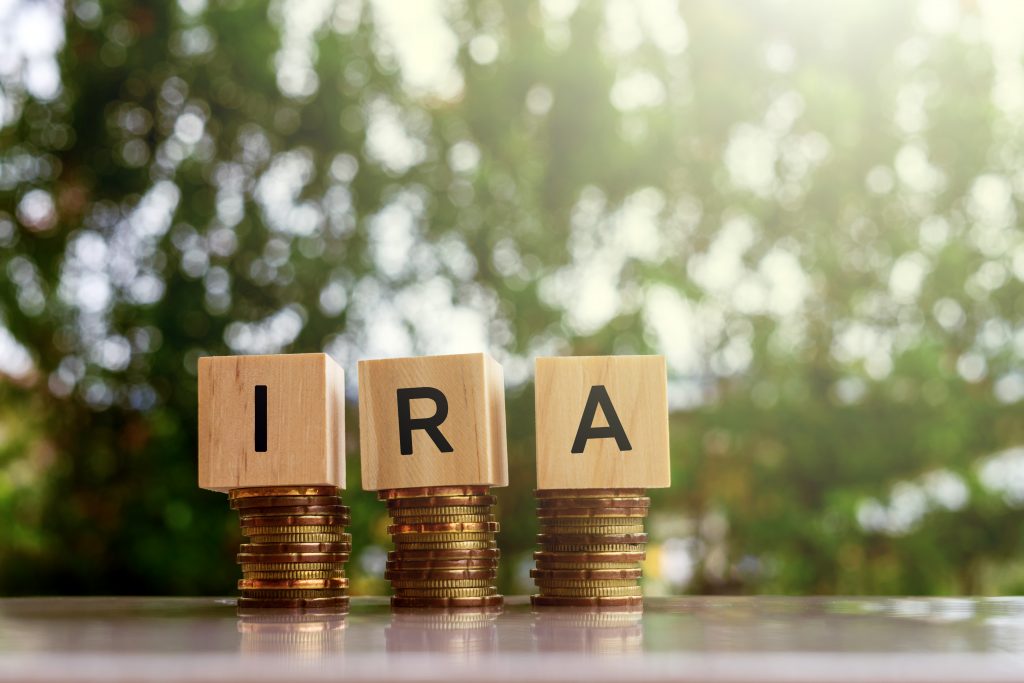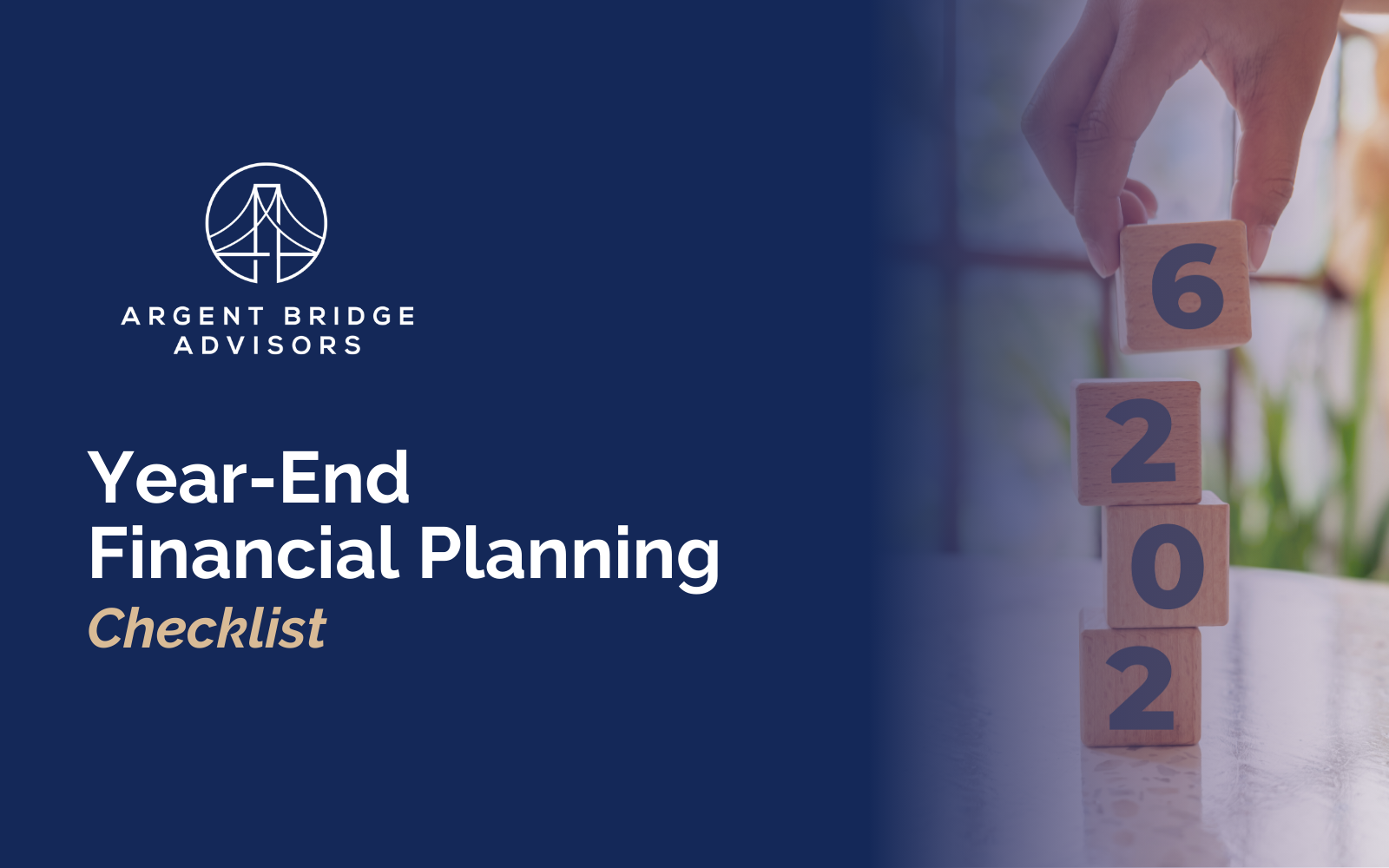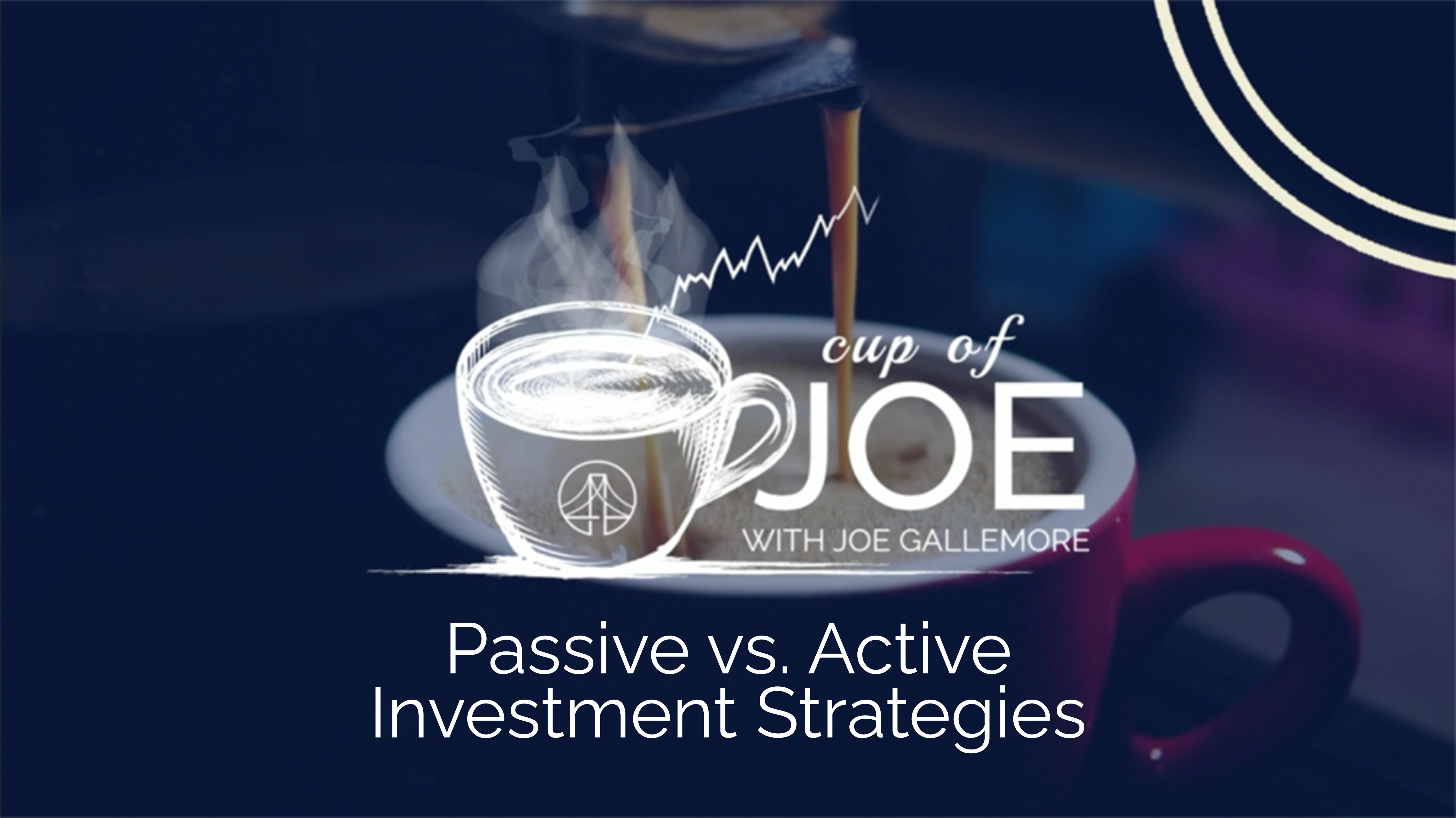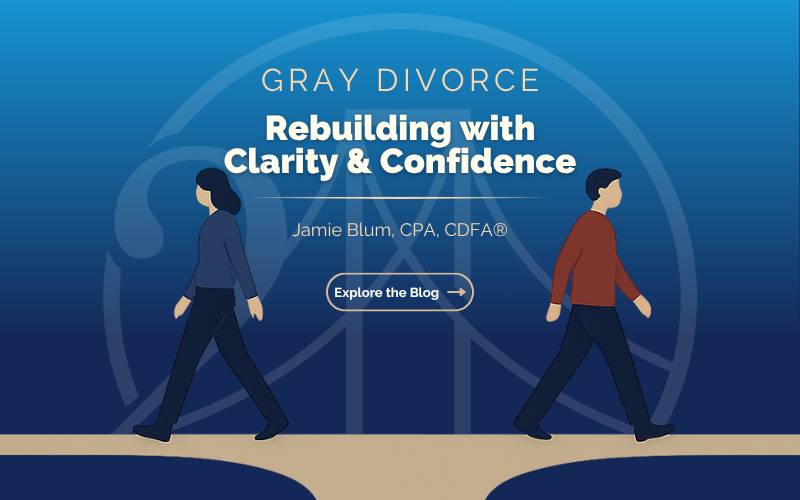For many people retirement is for relaxing, but it’s common to worry about running out of money during retirement. Here are the best strategies for IRA distribution in retirement to help you make the most of your money.
Saving for Retirement
The goal of a retirement savings account is to ensure a financially secure future. But the act of saving is only part of the equation. Making smart decisions about your withdrawals also plays a large role. There are a handful of strategies for IRA distribution in retirement that you can use to make the most of your savings.
Instead of choosing just one method, a financial advisor can help you create a comprehensive plan that utilizes a combination of the strategies in a way that suits your needs.
The 4% Rule
Many people use the 4% rule to guide their withdrawals. Essentially, withdrawing 4% from a retirement fund in the first year, followed by inflation-adjusted withdrawals each year after that should ensure that money is available to sustain a 30-year retirement.
While this plan works well for some people, the percentage should be adjusted to fit each person’s individual situation. 4% may be too high for some, while others may be able to take more.
Fixed Dollar Withdrawals
Another approach is to systematically withdraw a fixed amount each month, quarter, or year. Typically, monthly distributions make the most sense for this method. In fact, some mutual funds and other types of investments promise regular payments of a specific amount. Furthermore, retirees can take out a specific amount from their own retirement funds.
This strategy provides a reliable income during retirement, but it does not account for the fund’s performance. This means that taking out a fixed dollar amount each month can deplete the account’s principal balance.

Limit Withdrawals to Income
For this method, retirement funds distribution is limited to income generated by investments. Retirees take out dividends and interest each year but leave the account’s principal intact. This ensures that the account doesn’t run dry because the principal isn’t touched. However, it can be unpredictable. Also, unless the principal amount is sizable, it may be hard to live on interest and dividends alone.
Total Return Method
Limiting your distributions to income is a safe approach but it’s not a good fit for everyone. With the total return approach, you consider dividends, interest, growth, and principal for the purpose of taking systematic withdrawals. These distributions are often based on a 4% rule (or similar percentage of the fund.
This method creates a good, predictable paycheck each month. Furthermore, while the distributions each month equal the same percentage, they come from different sources. A financial advisor can help you assess performance and determine which funds to withdraw from, as well as rebalancing your portfolio when necessary.
How to Bucket Your Money
With some retirement funds, like 401(k)s and IRAs, there is no guaranteed income. The bucket strategy ensures that some of your money is protected for short-term spending while other money is allowed to mature and grow for long-term use.
While the details vary based on factors like life expectancy and personal needs, a typical strategy might use three buckets. The first bucket holds money needed within the next three years, in the form of cash or bond funds. This money won’t see significant gains, but it will be stable and insulated against loss.
Next, money needed in the next 3-10 years is put into a mix of stocks and bonds for moderate growth. Then, funds that won’t be needed for 10 years or more are invested into more aggressive growth funds. This strategy helps to ensure that retirees won’t have to pull money from stocks in a down market.
Minimizing Mandatory Distributions
Traditional IRAs have a required minimum distribution (RMD). These can significantly increase a retiree’s taxable income. The SECURE Act recently changed the age that retirees have to begin taking RMDs to 72 but many people still want to reduce or eliminate RMDs.
This can be done by converting money from traditional funds to Roth accounts, where it can grow tax-free and be withdrawn tax-free. However, tax is due on any amount converted.
IRA Distribution Strategies in Northern Virginia
The best way to ensure that your retirement is financially secure is to work with a financial advisor to come up with a plan that utilizes the strategies that could work best for your situation. Contact the professionals at Argent Bridge Advisors to learn more.




